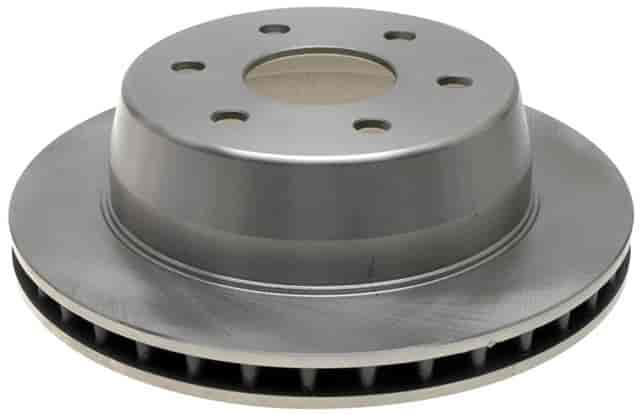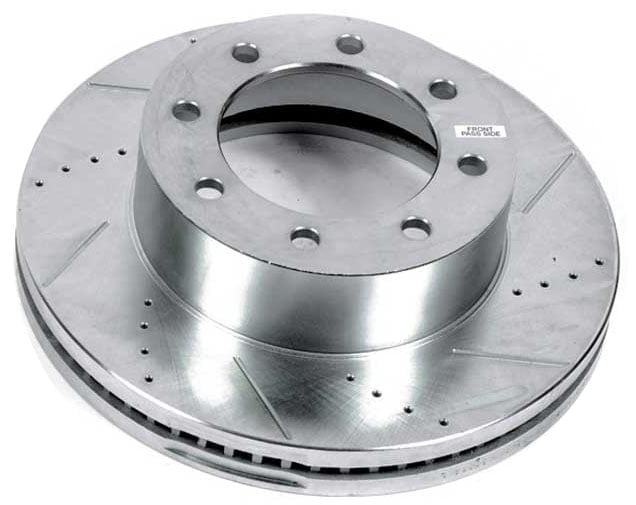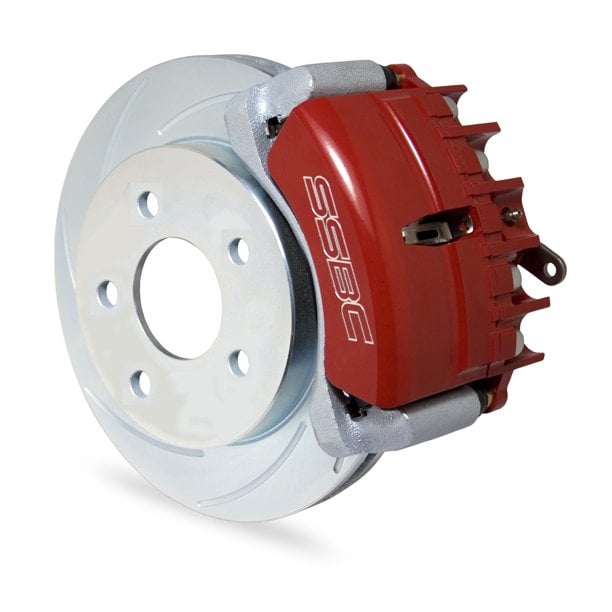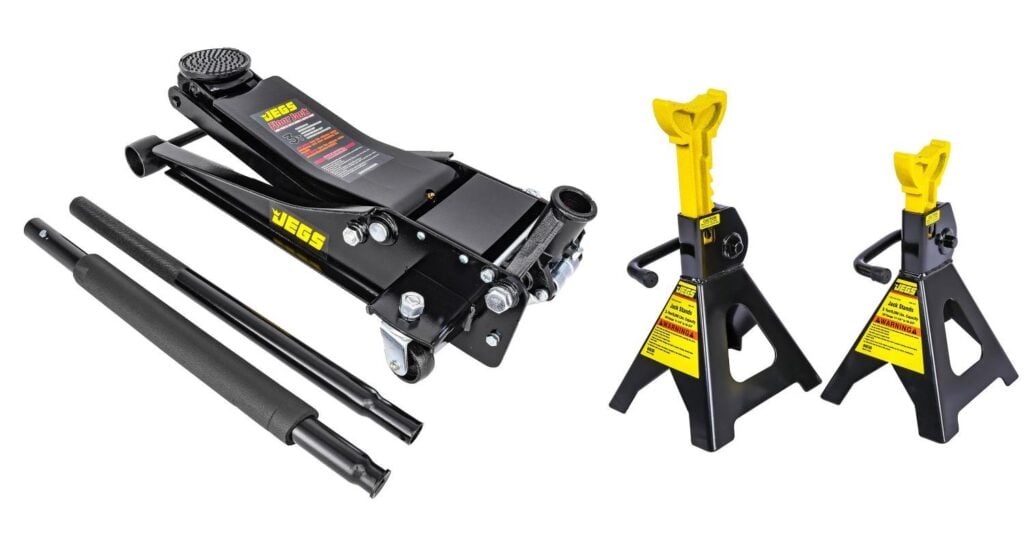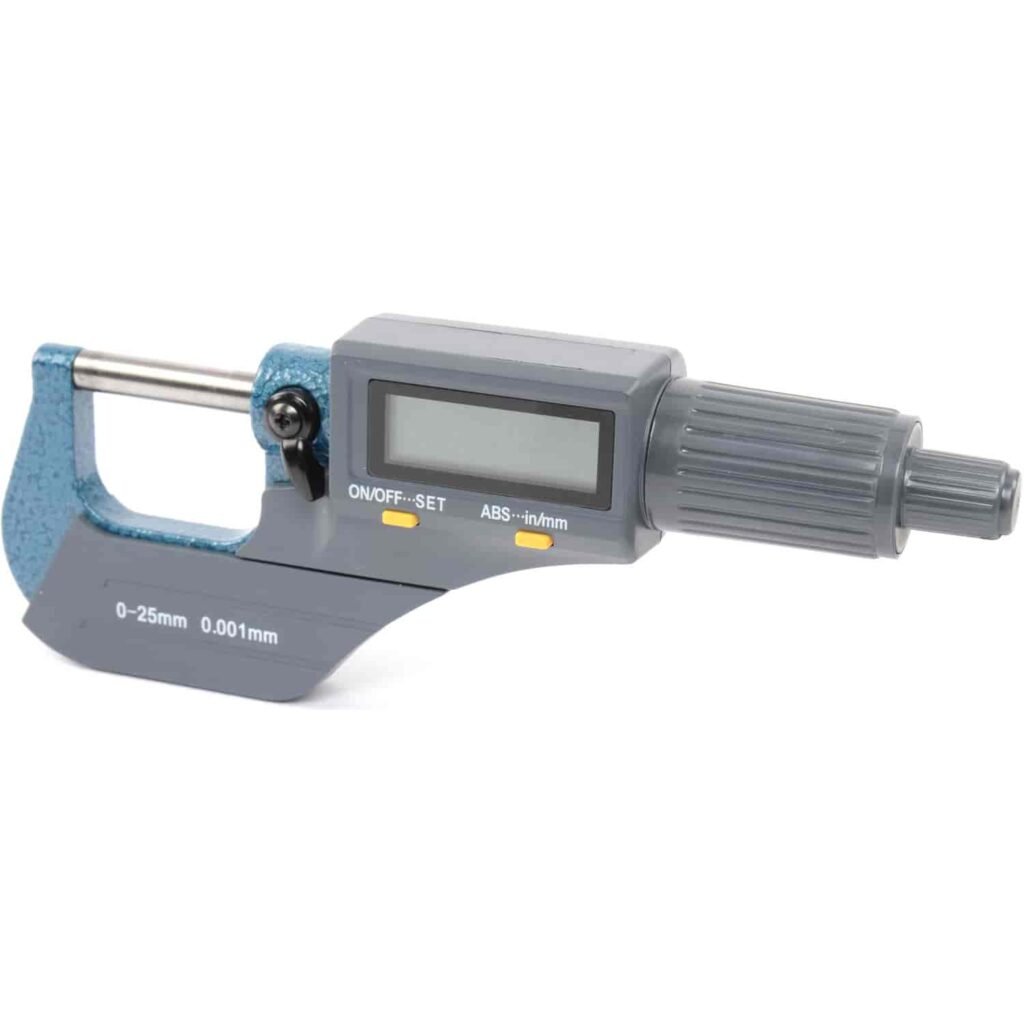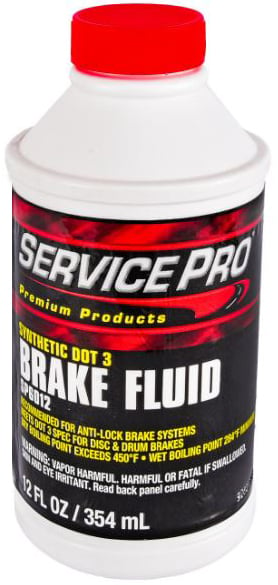Welcome to our comprehensive guide detailing everything you need to know about brake rotor thickness. Some of the topics we'll cover include what rotor thickness is, why it matters, what symptoms suggest thinning, how to measure this parameter yourself, and more.
Equipped with this knowledge, you can ensure your vehicle's brakes always perform their best, keeping you, your passengers, and other drivers as safe as possible.
Ready to get started? Let's dive in.
What Is Rotor Thickness?
Before you can fully understand rotor thickness, you must know the answer to “what are brake rotors?”
Rotors are located within the wheel assembly and are essentially circular discs that work with the brake pads and brake calipers to bring your vehicle to a halt. Simply put, when you engage the brakes, the pads grip onto the rotors via hydraulic pressure from the brake caliper piston, generating friction that slows the wheel's rotation.
Most new rotors start with a thickness or width of between 28-45mm, also known as its "nominal thickness." The "minimum thickness" refers to how thin a rotor can be before it's considered dangerous. You can typically find this information engraved on the side of the rotor (more on this later).
Over time, this friction-induced contact causes wear and tear, gradually reducing the rotor's thickness, which is crucial for safe and effective braking performance.
Why Is Rotor Thickness Important?
Now that we've covered what rotor thickness is, let's explore why it's so important for your vehicle and its braking system.
First off, thin rotors are less capable of absorbing and dissipating the heat generated from braking, which basically means they heat up quicker and get hotter. If the heat becomes too much and is not properly dissipated, it can cause brake fade, an issue that can impact braking performance and expedite wear and tear.
Thin rotors are also more susceptible to cracking or breaking, especially in high-stress situations (e.g., emergency stops, pulling heavy loads, etc.). The reduced material in thin rotors cannot endure extreme forces, increasing the risk of brake failure—a potentially catastrophic issue.
Additionally, thin rotors are more likely to experience warping, a condition where the rotor becomes uneven. Warped rotors can lead to inconsistent contact between the brake pads and rotors, causing an unsettling vibration when braking and further compromising the vehicle's stopping ability.

How Can I Tell If It Is Time To Change My Rotors? 4 Symptoms of Thinning
Now that you better understand the importance of rotor thickness, let’s review how to tell if your rotors are bad. By recognizing these signs early, you can address the cause before it impacts your vehicle’s braking performance.
Here are some common symptoms associated with thinning rotors:
- Reduced Braking Performance: Thicker rotors have a greater mass, which enables them to better absorb and dissipate the heat generated when braking. But as rotors thin, their metallic content and mass lessens, resulting in less efficient heat dissipation, meaning higher operating temperatures and reduced brake performance and longevity.
- Squealing Sounds When Braking: Squealing sounds are another sign of worn or thinning rotors. These noises originate when the brake pads, designed for a smooth rotor surface, encounter inconsistencies. As the rotors thin or develop grooves and rough patches, the pads may vibrate at a high frequency against them.
- Vehicle Pulls to One Side: If your vehicle veers to one side while braking, it could suggest uneven rotor wear. For instance, if one rotor is thinner than the other, it can cause an imbalance in braking force, resulting in the car pulling left or right.
- Brake Pedal 'Flutters' When Pressed: A pulsing or fluttering sensation when pressing your brake pedal can also signal warped or thin rotors. This inconsistent surface interferes with pad/rotor contact, leading to reduced braking efficiency and an unsettling sensation when braking.
Just note that there are multiple possible causes for the above symptoms, so before you go hastily replacing your rotors, you should first measure their thickness to confirm, a process we’ll cover in the next section.
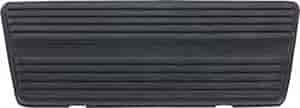
How Do I Check My Car’s Rotor Thickness?
Generally, brake rotors last around 50,000-70,000 miles before needing replacement. To ensure your brakes are always performing their best, most experts recommend checking the thickness of your rotors (and pads while you’re at it) every 10,000-25,000 miles.
To check the thickness of your rotors, you'll need the following tools:
Using these tools, follow the below steps to learn how to tell if your brake rotors are bad:
- Lift and Secure the Vehicle: Safely raise your vehicle using the car jack, and ensure it is securely placed on the jack stands.
- Remove the Wheels: Use the lug nut wrench or impact driver to take off the wheels, giving you access to the rotors.
- Inspect the Braking Surface: Look for any signs of cracks, damage, or uneven wear on the rotor's surface. If you spot any issues, it may be time to replace or resurface the rotor.
- Locate the Minimum Thickness Standard: Check the rotor for a stamp or engraving indicating the minimum allowable thickness. This is usually found on the hat (the central portion of the rotor), within the cooling veins, or on the outer edges.
- Measure the Rotor Thickness: Place the micrometer 10mm from the outer edge of the rotor. Ensure consistent placement for all subsequent measurements to maintain accuracy.
- Take Multiple Measurements: Check the thickness in evenly spaced points around the rotor's circumference to accurately assess the wear pattern (3-10 points typically). Consistency in measurement location is crucial for precise results.
- Assess Your Results: Compare your measurements to the minimum thickness standard. If any section of the rotor is below this limit, or if you notice significant variation in thickness, it's time to consider rotor replacement or resurfacing.
JEGS: For All Your Automotive Needs
Maintaining your rotors not only ensures your brakes always perform at their best, but it's also a key part of being a responsible vehicle owner. When it's time to replace or upgrade your rotors, consider JEGS, a leading supplier of automotive parts and accessories.
Feel free to browse our extensive selection of products (including brake rotors) and have your order sent straight to your door. Still have questions? Contact our team today.
